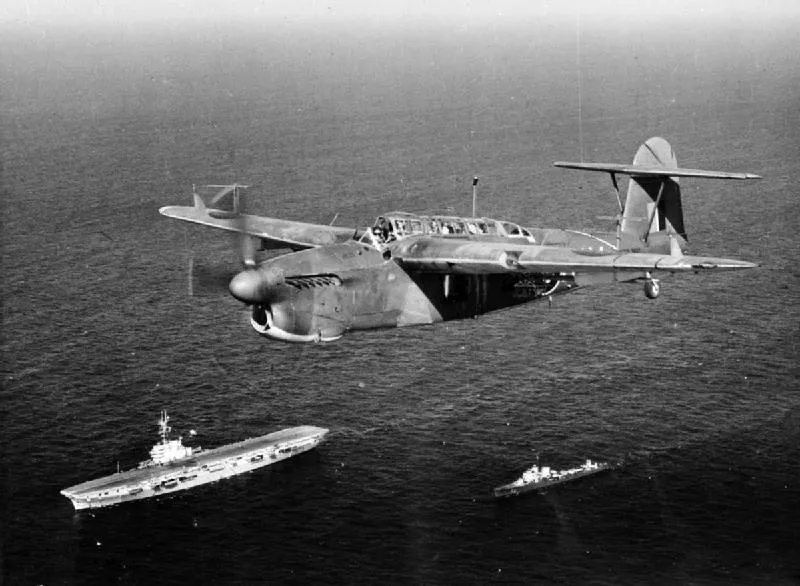Glover, John Ludlow (Civilian)
Killed in Action 1944-August-12


Birth Date: 1915
Born:
Home: Vancouver, British Columbia
Enlistment:
Enlistment Date: Unknown
Service
ATA
Unit
4 FPP- Ferry Pilots Pool
Base
Rank
Civilian
Position
Civilian
Service Numbers
Crew or Other Personnel
Barracuda MD805
Barracuda serial: MD805

Royal Navy official photographer - This is photograph A 28847 from the collections of the Imperial War Museums.
The Fairey Barracuda was a British carrier-borne torpedo and dive bomber designed by Fairey Aviation. It was the first aircraft of this type operated by the Royal Navy's Fleet Air Arm (FAA) to be fabricated entirely from metal.
The Barracuda was developed as a replacement for the Fairey Albacore biplanes. Development was protracted due to the original powerplant intended for the type, the Rolls-Royce Exe, being cancelled; it was replaced by the less powerful Rolls-Royce Merlin engine. On 7 December 1940 the first Fairey prototype conducted its maiden flight; early testing revealed it to be somewhat underpowered. However, the definitive Barracuda Mk II had a more powerful model of the Merlin engine, while later versions were powered by the larger and even more powerful Rolls-Royce Griffon engine. The type was ordered in bulk to equip the FAA; in addition to Fairey's own production line, Barracudas were also built by Blackburn Aircraft, Boulton Paul, and Westland Aircraft.
The type participated in numerous carrier operations during the conflict, being deployed in the Atlantic Ocean, Mediterranean Sea, and the Pacific Ocean against the Germans, Italians, and Japanese respectively during the latter half of the war. One of the Barracuda's most noteworthy engagements was a large-scale attack upon the German battleship Tirpitz on 3 April 1944. In addition to the FAA, the Barracuda was also used by the Royal Air Force, the Royal Canadian Navy, the Dutch Naval Aviation Service and the French Air Force. Following its withdrawal from service during the 1950s, no intact examples of the Barracuda were preserved despite its once-large numbers, although the Fleet Air Arm Museum has ambitions to assemble a full reproduction. Wikipedia
 Vancouver, British Columbia
Vancouver, British Columbia Wikipedia Fairey Barracuda
Wikipedia Fairey Barracuda Harold A Skaarup Web Page
Harold A Skaarup Web Page